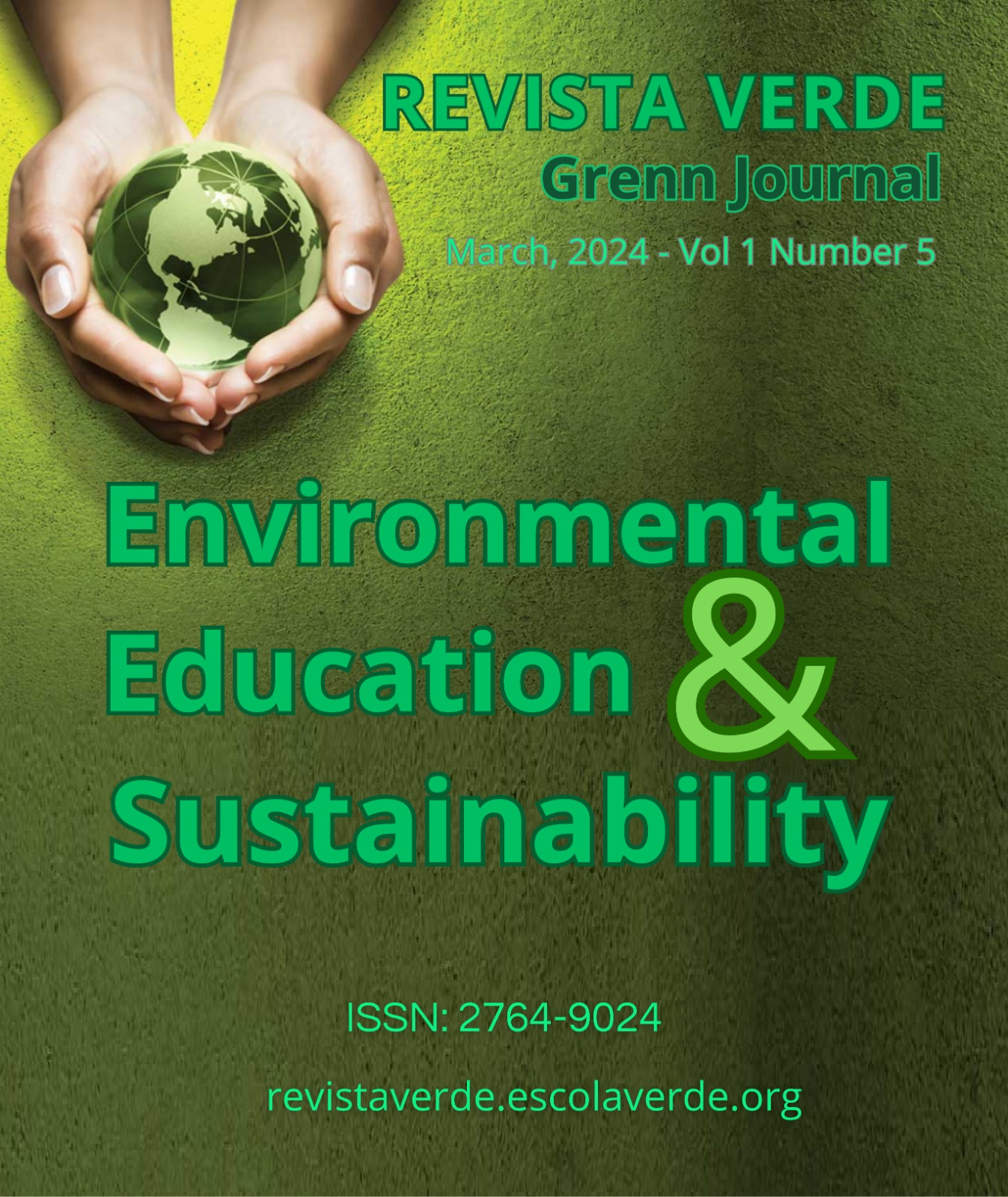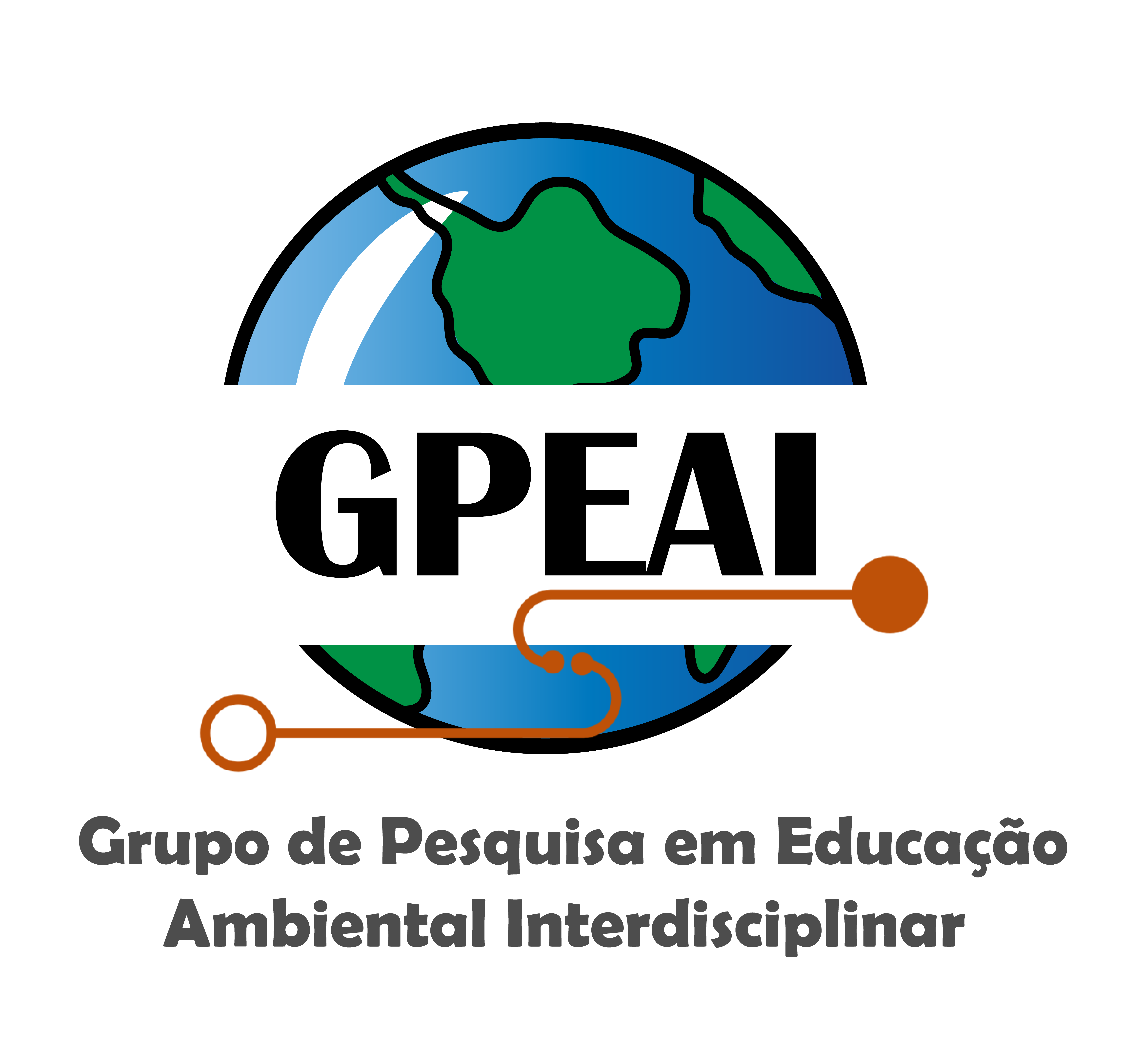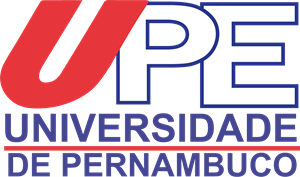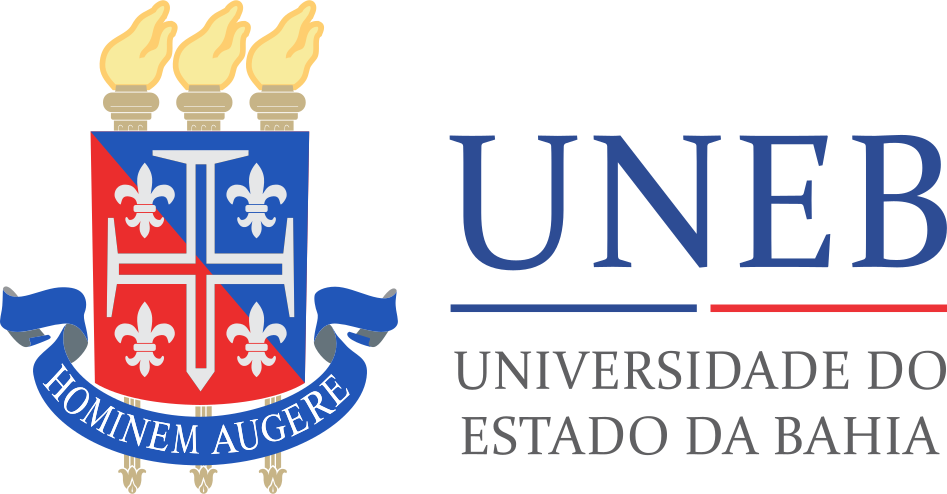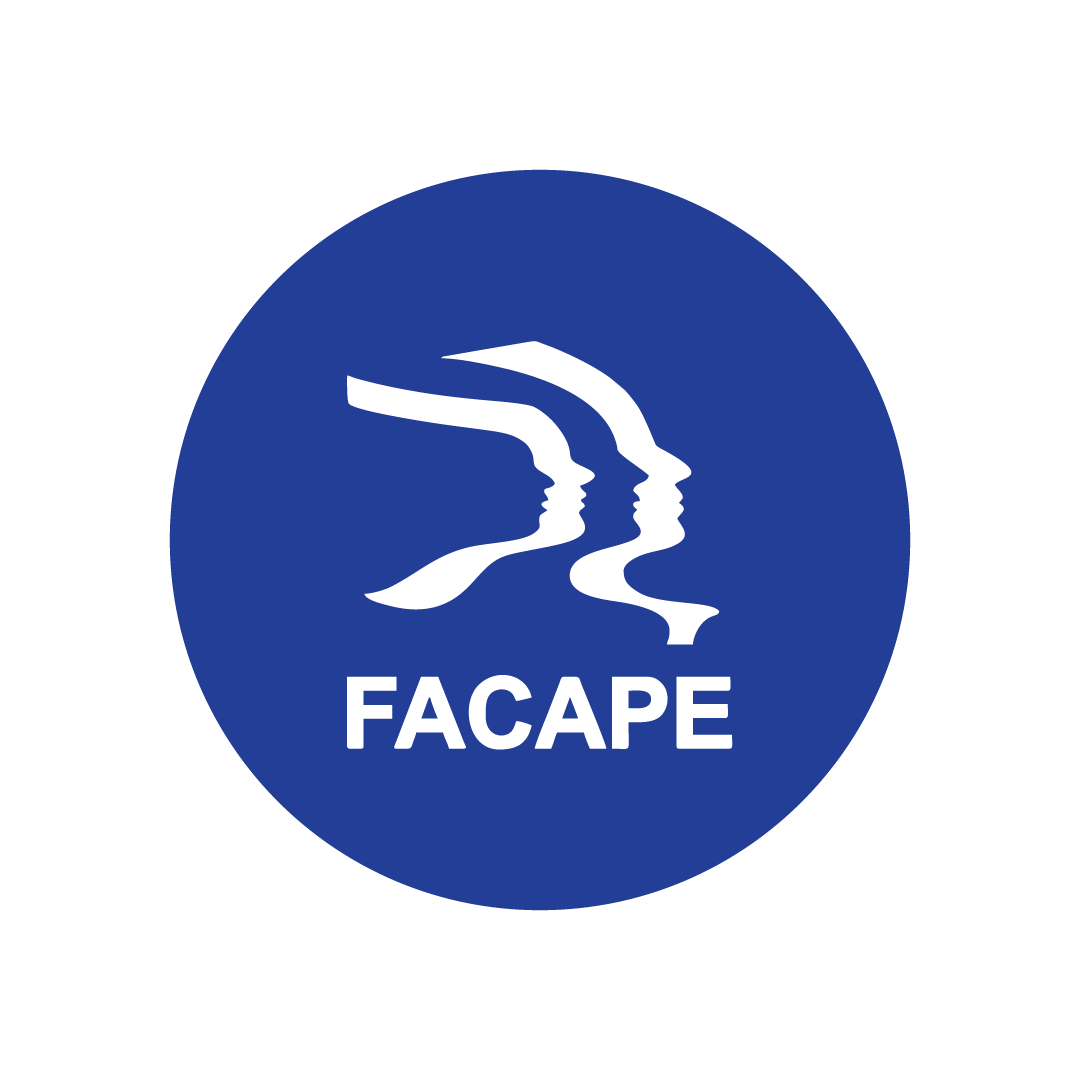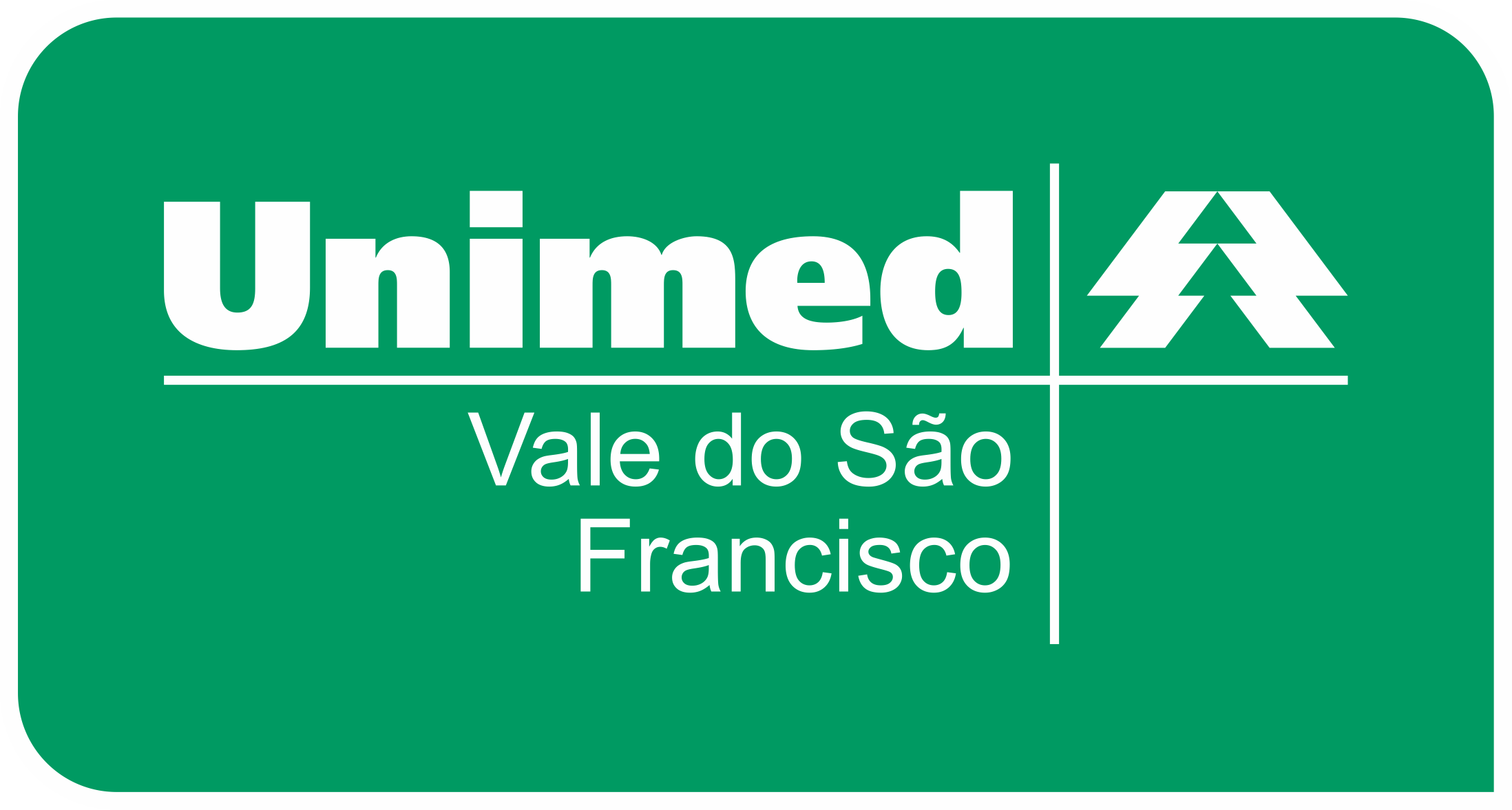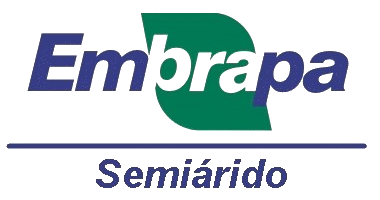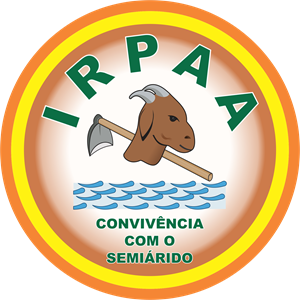PLANO DE GESTÃO DE LOGÍSTICA SUSTENTÁVEL E SEUS INDICADORES: O CONTEÚDO MÍNIMO DE DIVULGAÇÃO, CONSCIENTIZAÇÃO E CAPACITAÇÃO NAS UNIVERSIDADES FEDERAIS BRASILEIRAS
DOI:
https://doi.org/10.5281/Palavras-chave:
Administração Pública, Sustentabilidade, Instituições de Ensino Superior, Meio Ambiente. Justiça AmbientalResumo
O objetivo deste estudo é identificar as práticas desenvolvidas pelas Universidades Federais Brasileiras (UF's) relacionadas ao conteúdo mínimo de Divulgação, Conscientização e Capacitação (DCC), de seus Planos de Gestão de Logística Sustentável (PLS) e seus respectivos indicadores. A norma que trata do PLS exige a incorporação de quatro conteúdos mínimos, quais sejam: atualização do inventário que tenham um menor impacto ambiental para substituição; práticas de sustentabilidade e racionalização do uso de materiais e serviços; responsabilidades, metodologia de implementação e avaliação do plano e, por fim, as ações de DCC. Contudo, neste estudo, são tratadas apenas as ações de DCC. A fim de alcançar o objetivo proposto, foi desenvolvida uma pesquisa qualitativa, com base em estudos bibliográficos e documentais. Os resultados demonstram que, possivelmente, por questões culturais, a maioria dos gestores públicos brasileiros dos PLS das UF`s possui dificuldades em implantar o Plano e publicar seus Relatórios de Acompanhamento. Ficou evidente o desconhecimento sobre a importância de indicadores, como instrumento de monitoramento.

